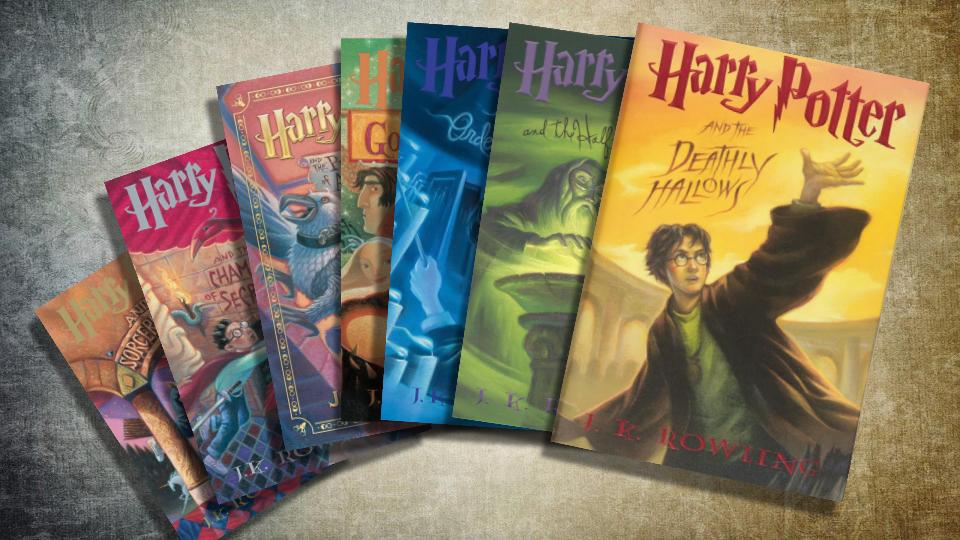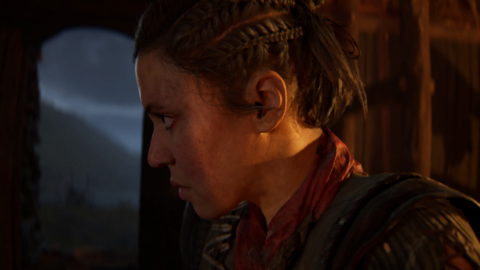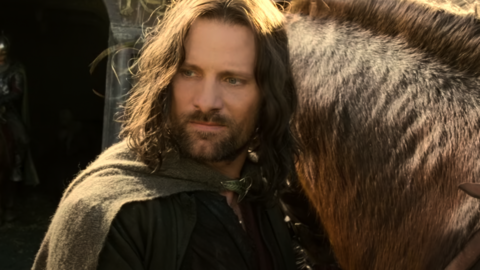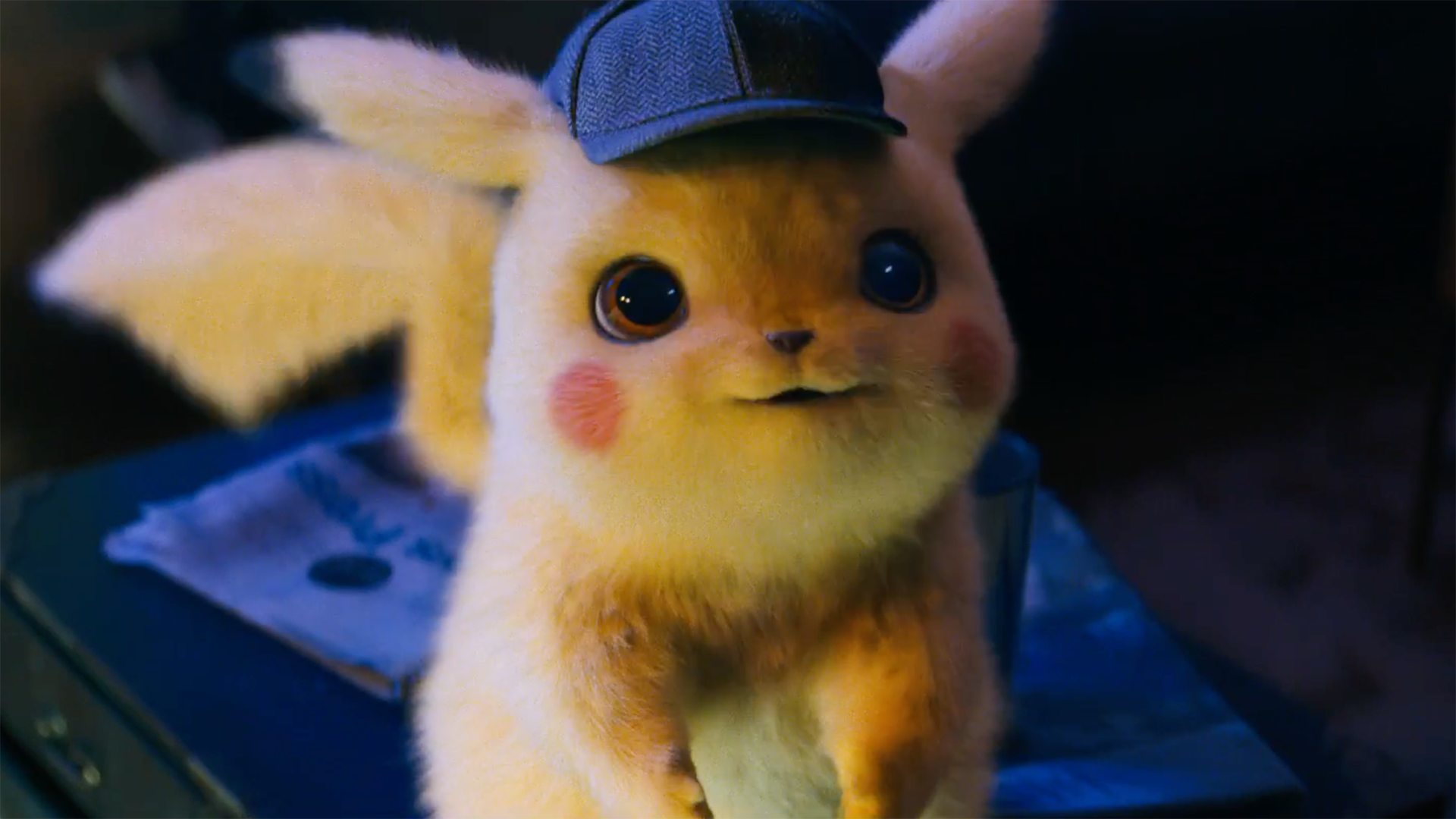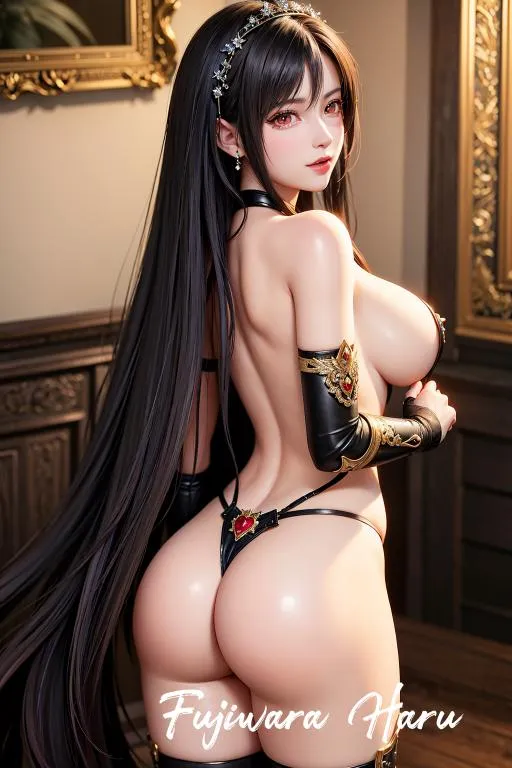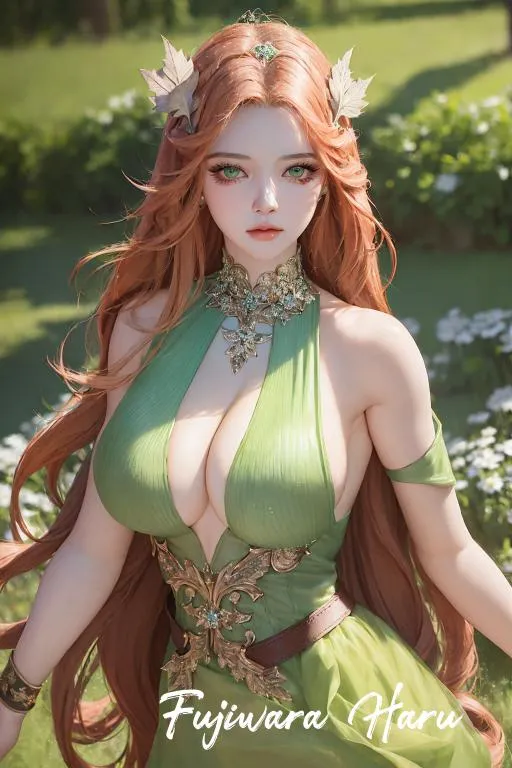Although the Harry Potter franchise has pretty much been spread across every medium in 2024, it was the Harry Potter books that first truly captured the magic. I started reading these novels back when you still had to wait in line at your local bookstore for the midnight release of the next book in the series. Nowadays, there are a lot of different ways to enjoy the Harry Potter books, including illustrated editions and audiobooks.
If you're completely new to the wizarding world, it can be a little daunting. For those of us who grew up reading the books and watching the movies, the reading order probably seems really obvious. But if you just happen to have a used copy of one or two of the novels, you may have no idea where to start. There are now even additional works outside of the main series that have become plays and an entirely new film series. To help you figure out where to begin, we've put together this quick guide to reading the Harry Potter books in order below.
How Many Harry Potter Books Are There?
If you're looking at just the main series, there are a total of seven Harry Potter books written by J.K. Rowling. These are the novels that inspired the original Harry Potter movies (which was actually eight movies). Outside of the main series, Rowling has also published three side books which make up the Hogwarts Library Texts. And although it isn't a book exactly, there's also Harry Potter and the Cursed Child, which is a play that is currently on Broadway.
Harry Potter Book Sets
The Harry Potter Books Reading Order
Below, we've split the Harry Potter book series into two different sections: the Harry Potter novels and additional reading. The main series tells the story of Harry Potter and his friends through their seven years at Hogwarts, while the additional reading includes other texts written by J.K. Rowling outside of the main timeline.
1. Harry Potter and the Sorcerer's Stone
The first book in the Harry Potter series is The Sorcerer's Stone. Published in 1997, this book is the start of Harry's journey into the wizarding world. In this novel, we start out with Harry as a young boy living with his muggle Aunt and Uncle Dursley in a cupboard under the stairs. All of this changes when he starts receiving letters from Hogwarts letting him know he's been accepted into the school of witchcraft and wizardry. Readers get their first true introduction into the magical world with Harry's starting year at Hogwarts. This is also our first introduction to many of the most important Harry Potter characters, like Dumbledore, Hagrid, Hermione, Ron, and many more.
2. Harry Potter and the Chamber of Secrets
The second book in the series introduces a more self-aware Harry Potter. After some time away from Hogwarts during summer break, he has started growing anxious due to not receiving any letters from his friends. Complications arise further in the Dursley home as he is visited by a house elf named Dobby who is trying to stop him from making his way back to school. Some magical mishaps occur that result in Harry being locked up in his room. With some help from his friends, he's able to make it back to Hogwarts in a very unconventional (and almost deadly) way, only to find out more about the dangers Dobby was warning him about. A mysterious journal becomes a potential clue into the events that are happening as Harry and friends dig into why classmates are being petrified in the halls of the school. The Chamber of Secrets is our first real introduction to Voldemort and starts diving into some of the bigger secrets within Hogwarts history.
3. Harry Potter and the Prisoner of Azkaban
The Prisoner of Azkaban is the third book in the series, but it's also where things start getting a little more serious. Harry is now 13 years old and is at that turning point where he is no longer just a kid discovering a magical world. He gets his first run-in with true darkness when the Dementors of Azkaban find him on the train to Hogwarts and feed on the little happiness he's experienced in life. Despite that, this is the first time we get introduced to Sirius Black, who has a connection to Harry he never would have expected. The Prisoner of Azkaban dives more into the past by giving us more of a look into the lives of Harry's parents via their old friends (Lupin, Sirius, Wormtail). Harry is also starting to feel more grown up and the weight of his situation starts to become more clear throughout this book.
4. Harry Potter and the Goblet of Fire
The Goblet of Fire is where the Harry Potter books seem to move beyond a simple young adult series and into something more. This is partially due to the jump in page length, with this book being almost double the length of The Prisoner of Azkaban. The fourth book in the series is largely centered around the Triwizard Tournament, a competition that takes place between the three primary wizarding schools in Europe. Although Harry is technically too young to enter the tournament, his name somehow makes it through and he's forced to survive the very dangerous competition. The Goblet of Fire introduces characters like Mad-Eye Moody, Cedric Digory, and Cho Chang. Not only do we get into Harry's bumbling love life, we also see the series' first true death that kicks off a set of much darker events in the books to come.
5. Harry Potter and the Order of the Phoenix
The Order of the Phoenix is the fifth book in the series and we start to see a completely different side of Harry. He's now experienced four straight years of dealing with Voldemort's schemes and has witnessed a full-on murder. At the age of 15, he's starting his fifth year at Hogwarts and wants to join the adults in their fight against Voldemort and the Death Eaters. Following the events of The Goblet of Fire, Hogwarts is also experiencing changes as we see the introduction of Dolores Umbridge, arguably the most despicable character in the series. Harry is targeted by the Ministry of Magic for spreading what they've deemed as lies and starts feeling like everyone is turning against him as his connection to Voldemort seemingly grows. The Order of the Phoenix represents a turning point as the events at Hogwarts start bleeding into the wizarding world at large. It's also when Harry experiences his second major loss that will change him forever.
6. Harry Potter and the Half-Blood Prince
The Half-Blood Prince is the sixth book in the series, and Harry enters his late teenage years at age 16. After a full year of mostly being ignored by Dumbledore, he kicks off the year by helping the Hogwarts Headmaster bring back an old potions professor. With Dolores Umbridge no longer a threat to the school, Professor Snape is taking over the position of Defense Against the Dark Arts instructor and Professor Slugworth backfills the position of potions master. Dumbledore, of course, has ulterior motives, and Harry spends a decent amount of the book diving into various memories of the past – including finding out some important information about Severus Snape. The Half-Blood Prince is where we finally learn how Voldemort was able to come back from the dead, and following the theme of the last two books, Harry ends up experiencing another significant death he's not sure he can come back from.
7. Harry Potter and the Deathly Hallows
The Deathly Hallows is the final Harry Potter book in the series (though it was split into two movies). Harry, Ron, and Hermione are now considered adults at the age of 17. This means they are able to practice magic outside of Hogwarts without potential legal backlash from the Ministry of Magic. Now that they know the truth about Voldemort, the three of them decide to skip their final year at Hogwarts and complete the task Dumbledore left for Harry. On their own, the three friends make their way to various locations while being chased down by Deatheaters and the Ministry itself. As the conclusion to the story, we learn even more about Voldemort and Harry's mysterious connection and what it truly means. We also get our first introduction to the Deathly Hallows, which had elements sprinkled throughout the series. The Deathly Hallows brings the Harry Potter novels to a close with a satisfying conclusion that ties up all of the loose ends the previous books left hanging.
Bonus: Harry Potter and the Cursed Child
Although not technically a book, it's worth including The Cursed Child in this reading order due to when the story takes place. Written by Jack Thorne, J.K. Rowling, and John Tiffany, The Cursed Child takes place a full 19 years after the events of The Deathly Hallows. It follows Harry's son, who walks a completely different path at Hogwarts than his dad by getting sorted into Slytherin and forms a close friendship with Draco Malfoy's son. This play also gives a look at an adult Harry, Hermione, Ron, and Ginny that is fun to see.
Additional Reading
Outside of the main series, there are three main texts that are worth including. Considered the "Hogwarts Library," these texts are not connected directly to the main Harry Potter book timeline in any way.
Fantastic Beast and Where to Find Them
This companion book is more of a compendium than an actual novel. Fantastic Beasts and Where to Find them details all of the magical creatures from the Harry Potter universe. It's essentially a textbook written by the fictional character Newt Scamander and describes the habitats and characteristics of each of these creatures. It doesn't have any direct relation to the Fantastic Beasts movies beyond the name itself.
The Tales of Beedle the Bard
Another companion book, The Tales of Beedle the Bard was first introduced in The Deathly Hallows as a collection of children's stories from the wizarding world. This book of tales includes "The Tale of Three Brothers," as well as various other short stories that give us a new look at the world of Harry Potter.
Quidditch Through the Ages
The third and final companion book in the Hogwarts Library, Quidditch Through the Ages is exactly what it sounds like: a detailed history of Quidditch. You can learn more about how the game came together, including the history of the Golden Snitch and Bludgers.
Jacob Kienlen is a Senior SEO Strategist and Writer for IGN. Born and raised in Portland, Oregon, he has considered the Northwest his home for his entire life. With a bachelor's degree in communication and over 7 years of professional writing experience, his expertise is spread across a variety of different topics -- from TV series to indie games and popular book series.
